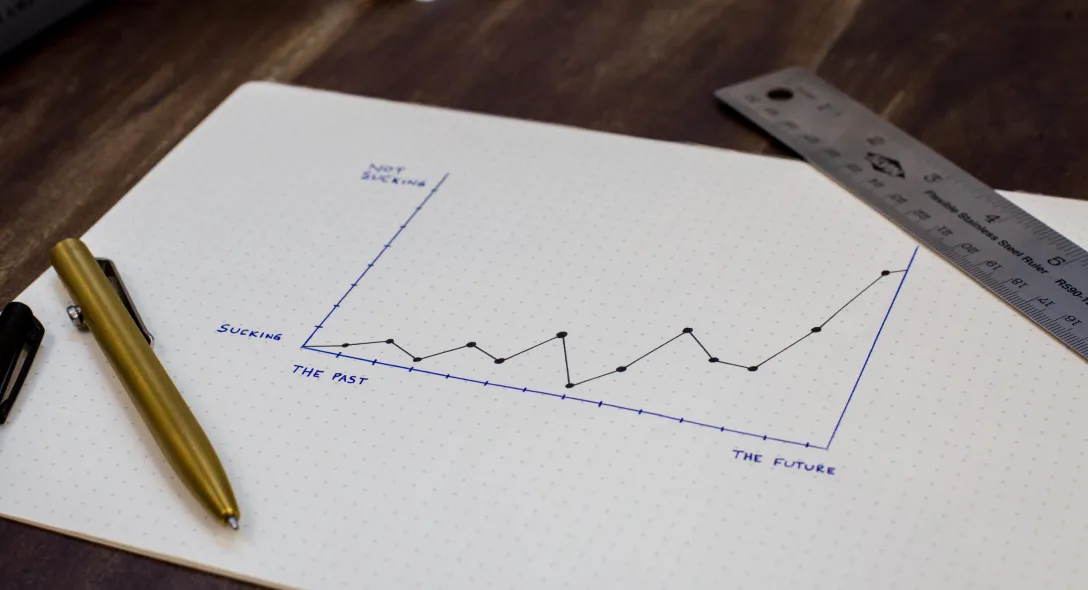“Data Scientist” was dubbed the “sexiest job of the 21st century” by The Harvard Business School in 2012. The emergence of this new era with Intelligence Automation and Big Data is also relevant to the accounts payable (AP) world that unlock the new values that can be added to businesses.
Robotic Process Automation (RPA) sector is estimated with an adoption growth of $2.9 billion by 2021. If this is any indication, RPA will continue to boom and gain popularity amidst various industries.
The amount payable is the amount that you owe your suppliers for the purchase of goods or services with credit. While large organizations have streamlined their business process end-to-end with entity resource planning (ERP), many small and medium-sized businesses (SMBs) still depend on manual data entry and face problems in vendor management with payment errors and slow and inefficient processing. Not to forget, there are also unauthorized purchases, data entry errors, and issues with invoice management.
Time and money are the key drivers for AP automation, as finance departments are imposed with high AP transaction costs and cycle times. Improved AP reporting and analytics, with the elimination of paper and manual tasks, is the need of the hour.
The following are the areas in which AP automation creates a transformation:
Financial Integration:
Financial integration with other key business processes is one of the most significant parts of automating financial and cash management. In the two primary business Processes - Procurement (Purchase to Pay) and fulfillment (Order to Cash), finance is cross-functional over the final integration points, intersecting with materials management (MM) and sales and distribution (SD) processes. With these processes, the company is either releasing payments to the vendors or receiving payments from the customer, both of which can be automated with RPA, extracted from SMB Automation of Accounts Payable and Receivable, International Journal of Business Research.
The most common automated AP solutions include e-invoicing, scanning, fax-to-scan, workflow management, worklists, online tracking, e-reporting capabilities, and e-payment services to the vendor, among other characteristics.
Cash Flow Management:
RPA enhances cash flow reconciliation, analytical reporting, and foreign exposure management processes and increases cash flow and reducing the cost. It also helps maintain good relationships with vendors as a result of streamlined processes and resolves all the payment errors and invoice processing.
Vendor Management:
A vendor portal where all details relating to purchasing orders and transactions, contact information, and credit and debit records is provided. It also negotiates payment terms and prices and accepts orders in an efficient process, thereby laying a foundation for a good relationship with the vendors.
With the advent of Artificial Intelligence, Machine Learning, and Natural Language Processing software tools, vendor invoices can be prioritized on a first-come-first-serve basis, abiding by all the payment terms of the vendors.
Digitizing Records:
91 percent of the finance organizations ranked digital transformation and cost-structure improvement as a critical and highly important objective of 2019, according to Hackett: 2019 CFO Agenda: Building Next-Generation Capabilities. With smart data capture, all transaction data is stored digitally, making it easy to transfer and retrieve it.
Subscribe to our newsletter
Get the latest updates from our team delivered directly to your inbox.
Related Posts
3 Genius ways to use RPA in your organization
RPA can help your organization handle data 10x times better. Read to explore the different ways.
9 Key Business Benefits of RPA
RPA, the next evolution of business operations provides huge benefits to enterprises by automating their manual and repetitive tasks, enabling humans to work on creative and logical tasks
A Guide to Extracting Multiple Tables from Web Page with UiPath
Data scraping is transforming the world with its applications. Digital businesses, Marketing and researchers are highly benefited by data scarping. Here is how to extract multiple tables from single webpage using Uipath.
